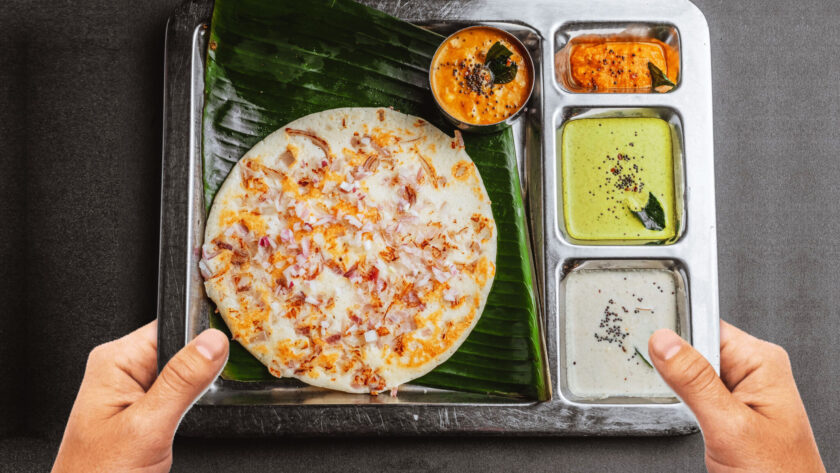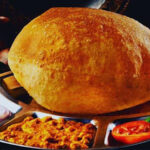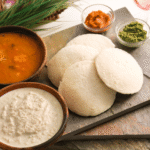Uttapam is one of those dishes that instantly makes you feel at home. Often described as the “Indian pizza” because of its toppings, this thick and fluffy pancake is a star in South Indian kitchens. Unlike its crisp cousin dosa, uttapam is soft, wholesome, and generously topped with vegetables, making it both comforting and nutritious. At restaurants like Saravanaa Bhavan, uttapam is served with the same authenticity that has made it a favorite among food lovers worldwide.
The Origins and Popularity of Uttapam
Uttapam traces its roots back to Tamil Nadu, where it has been a staple breakfast dish for generations. Traditionally made from the same fermented batter as dosa and idli, uttapam offers a thicker and heartier alternative. Today, it is loved across India and increasingly popular abroad for its simplicity, versatility, and rich flavors.
Nutritional Benefits of Uttapam
Uttapam is not just delicious—it’s good for your body too. The fermented batter of rice and urad dal is rich in protein, probiotics, and essential vitamins. Topped with vegetables like onions, tomatoes, chilies, and coriander, it becomes a complete and balanced meal. Low in fat and high in fiber, uttapam is perfect for anyone seeking a healthy yet satisfying dish.
Ingredients and Preparation: The Soul of Uttapam
The beauty of uttapam lies in its simplicity. The base is a fermented batter of rice and urad dal, poured onto a hot griddle and spread into a thick pancake. Before it cooks, it’s topped with finely chopped vegetables, which caramelize beautifully on the surface.
- Batter: Fermented rice and lentil mix, just like dosa or idli.
- Toppings: Onions, tomatoes, green chilies, coriander, carrots, or even capsicum.
- Cooking: Cooked slowly on a tawa with a drizzle of ghee or oil until golden brown and crisp on the edges.
Different Varieties of Uttapam
While the classic uttapam with onions and tomatoes is loved by everyone, there are many delightful variations:
- Onion Uttapam: A simple favorite, loaded with caramelized onions.
- Tomato Uttapam: Juicy tomatoes add tangy freshness.
- Vegetable Uttapam: A mix of colorful veggies for a hearty meal.
- Cheese Uttapam: A modern twist with melted cheese on top, loved by kids.
Serving and Pairing
At Saravanaa Bhavan, uttapam is served piping hot, usually accompanied by a range of chutneys and sambar:
- Coconut Chutney: Creamy and cooling, balances the spice.
- Tomato Chutney: Tangy with a hint of spice.
- Mint Chutney: Refreshing and aromatic.
- Sambar: A lentil-based stew that adds depth and warmth.
This combination transforms uttapam into not just a meal but an experience that lingers in memory.
Uttapam in Modern Kitchens
Today, uttapam is more than just a traditional breakfast—it has adapted beautifully to modern lifestyles. Many health-conscious foodies enjoy it with oats, millet, or quinoa instead of rice. Some even experiment with fusion toppings like paneer, mushrooms, or bell peppers to create new flavors while keeping the soul of uttapam intact.
Tips for Making Uttapam at Home
If you want to try your hand at making uttapam at home, here are a few tips to get it right:
- Ensure your batter is well-fermented for fluffiness.
- Cook on medium heat so the vegetables caramelize without burning.
- Add toppings only after pouring the batter onto the tawa.
- Drizzle a little ghee for extra flavor and crisp edges.
Conclusion: Celebrating the Charm of Uttapam
Uttapam is more than just food—it’s comfort, culture, and creativity served on a plate. Whether you enjoy it at a traditional restaurant like Saravanaa Bhavan or cook it in your own kitchen, uttapam has a way of making every meal special. Soft yet filling, healthy yet indulgent—it’s a dish that truly brings the best of South Indian cuisine to your table.



